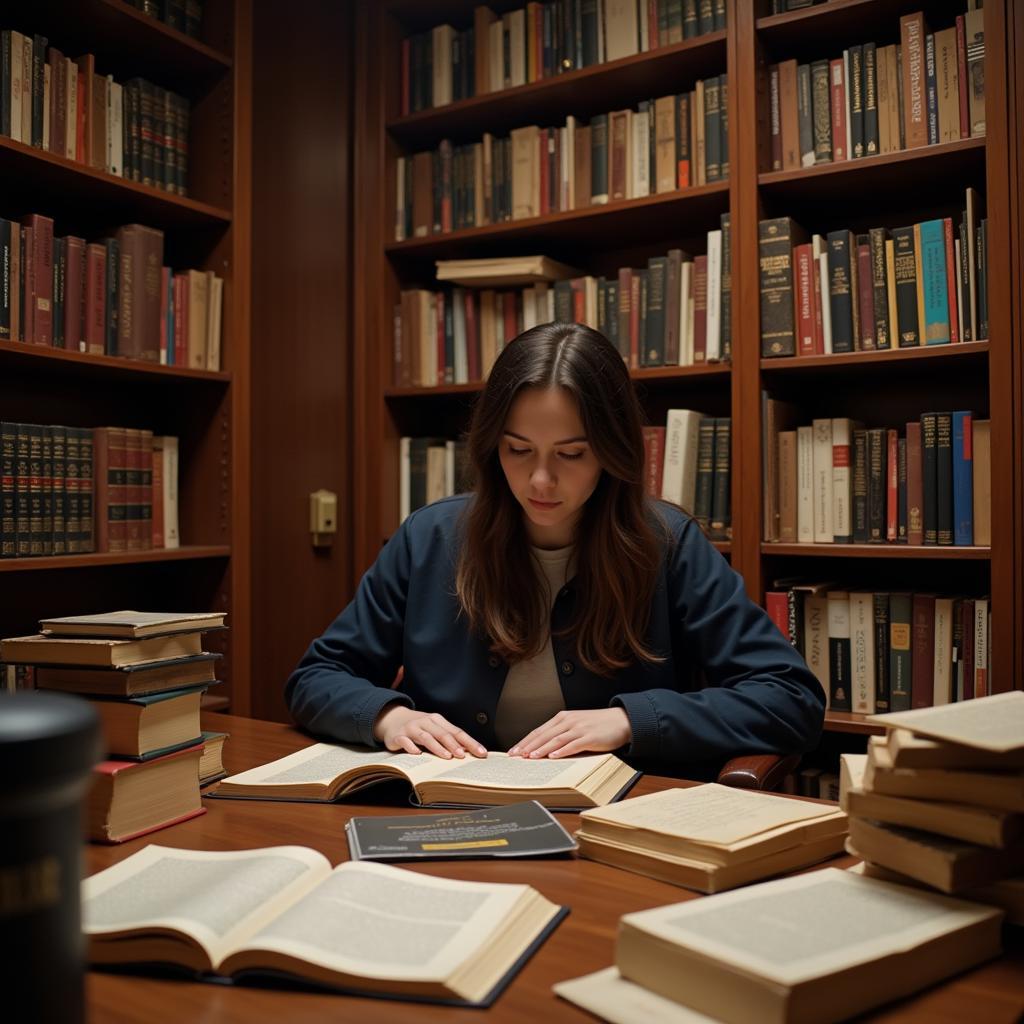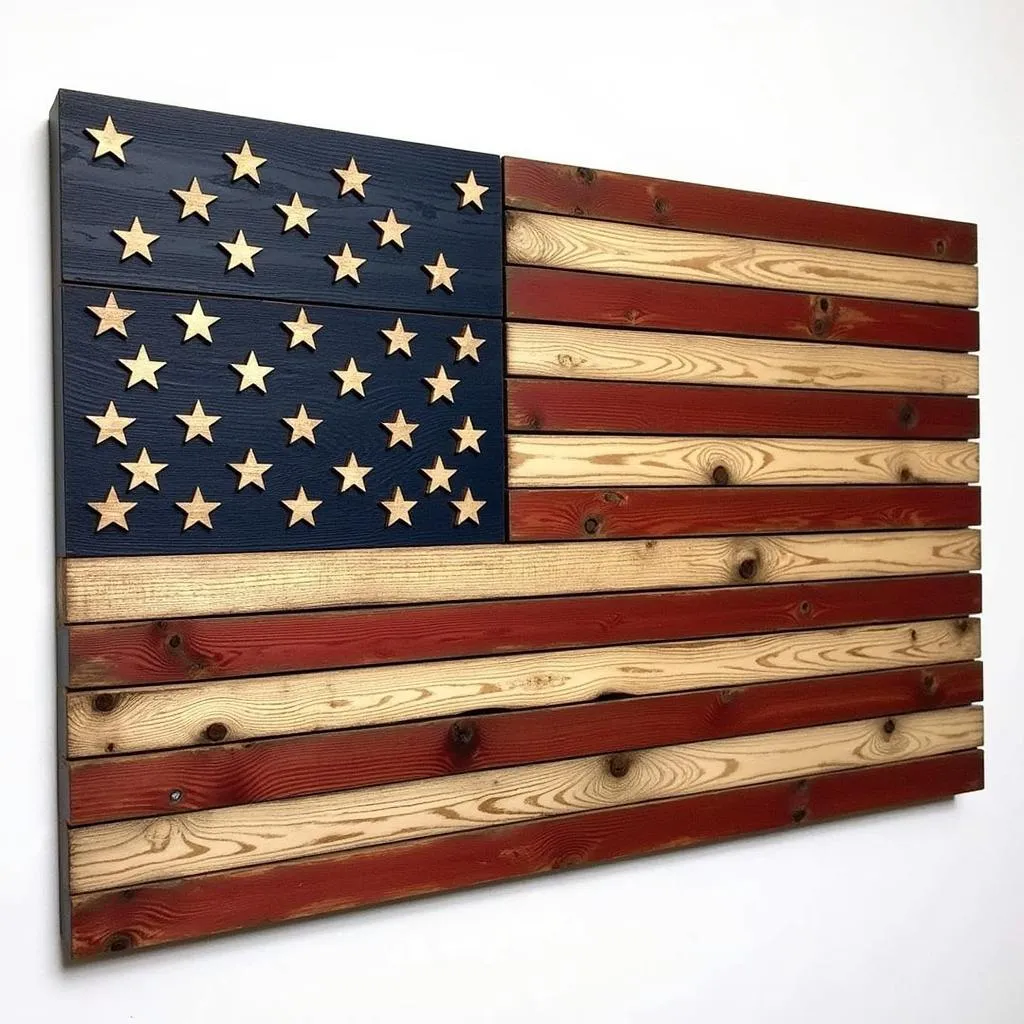Islamic Art Buy: Discover the Beauty and Rich History of Islamic Artwork
Islamic art is a vibrant and fascinating world of intricate designs, vibrant colors, and deep cultural significance. It encompasses a wide range of artistic expressions, including calligraphy, architecture, ceramics, textiles, and jewelry. If you’re interested in acquiring a piece of Islamic art, you’ve come to the right place. This article will guide you through the world of Islamic Art Buying, covering everything from understanding its historical context to finding reputable sellers and authenticating your purchases.
Understanding the History and Significance of Islamic Art
Islamic art has a rich history spanning over a millennium, evolving and diversifying across various regions and cultures. The art forms are deeply rooted in Islamic beliefs, values, and aesthetics. Understanding this historical context is crucial for appreciating and valuing Islamic artwork.
Key Principles of Islamic Art:
- Emphasis on calligraphy: The Arabic script is considered sacred and beautiful, often intricately woven into architectural designs and decorative objects.
- Geometric patterns: Islamic art often utilizes intricate geometric patterns, reflecting the belief in the order and harmony of creation.
- Floral motifs: Flowers, plants, and natural forms are frequently used to symbolize beauty, growth, and the divine.
- Avoidance of figural representation: Islamic art often refrains from depicting human or animal figures, focusing instead on abstract and symbolic motifs.
Finding Reputable Sellers of Islamic Art
With the growing popularity of Islamic art, finding authentic and high-quality pieces can be challenging. Here are some tips for finding reputable sellers:
Online Marketplaces:
- Etsy: A popular platform for handmade and vintage goods, Etsy offers a wide selection of Islamic art pieces from individual artisans and sellers.
- eBay: A global marketplace with a wide range of items, eBay can be a good source for both modern and antique Islamic art.
- Specialized Online Galleries: Several online galleries specialize in Islamic art, offering curated collections and expert advice.
Offline Sources:
- Antique Shops: Explore local antique shops that may have a selection of Islamic art pieces.
- Art Galleries: Visit galleries that specialize in Islamic art or have dedicated sections for Islamic art within their collections.
- Museums: Museums often have dedicated Islamic art collections, offering a valuable resource for learning and finding inspiration.
Authenticating Islamic Art Pieces
Authenticating Islamic art can be a complex process, requiring expertise and experience. Here are some tips to help you identify genuine pieces:
- Look for Signs of Age: Examine the object for signs of wear, patina, or age-related imperfections.
- Check for Provenance: Inquire about the piece’s history and its previous owners. A documented provenance adds credibility and value.
- Seek Expert Opinion: If you have doubts, consult with a reputable art appraiser or Islamic art specialist.
- Be Wary of Forgeries: Be cautious of overly cheap or seemingly too-good-to-be-true offers.
Tips for Buying Islamic Art
Here are some practical tips for a successful Islamic art purchase:
- Set a Budget: Determine a realistic budget before you start shopping to avoid overspending.
- Consider Your Space: Think about the size and style of the artwork and how it will fit into your home or collection.
- Read Reviews: Before making a purchase, read reviews and ratings of the seller to ensure they are reputable and trustworthy.
- Ask Questions: Don’t hesitate to ask the seller questions about the artwork’s origin, age, materials, and condition.
- Inspect Carefully: Always inspect the artwork thoroughly before purchasing to identify any potential flaws or damage.
Frequently Asked Questions (FAQ)
Q: What are some common Islamic art motifs?
A: Common motifs include geometric patterns like arabesques, floral designs, calligraphic script, and stylized animal forms.
Q: How can I learn more about Islamic art?
A: Explore museums with Islamic art collections, read books and articles on the subject, or attend workshops or lectures.
Q: What is the best way to care for Islamic art?
A: Handle fragile pieces with care, avoid exposing them to extreme temperatures or humidity, and dust them regularly.
Q: Is it ethical to buy Islamic art?
A: As long as you are purchasing from reputable sources and ensuring the artwork is authentic, buying Islamic art is a way to appreciate and support the artistic heritage of Islamic cultures.
Conclusion
Islamic art offers a captivating journey into the world of beauty, faith, and cultural heritage. By understanding the history, significance, and authenticating techniques, you can make informed and meaningful purchases. Whether you’re a seasoned collector or simply starting your art journey, Islamic art provides a unique and enriching experience.


